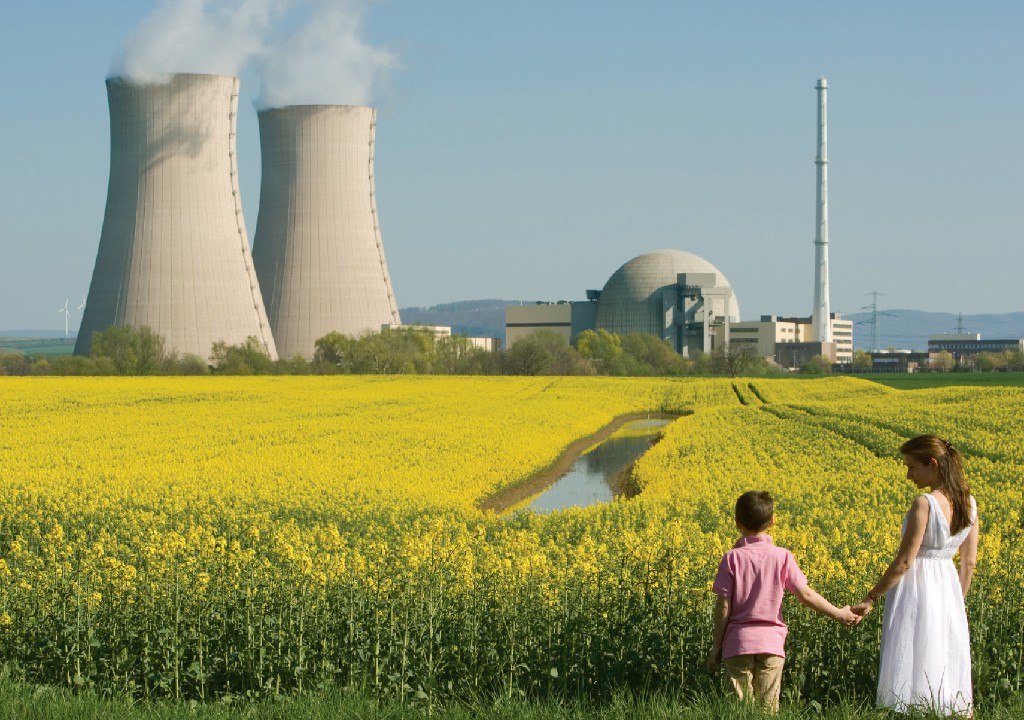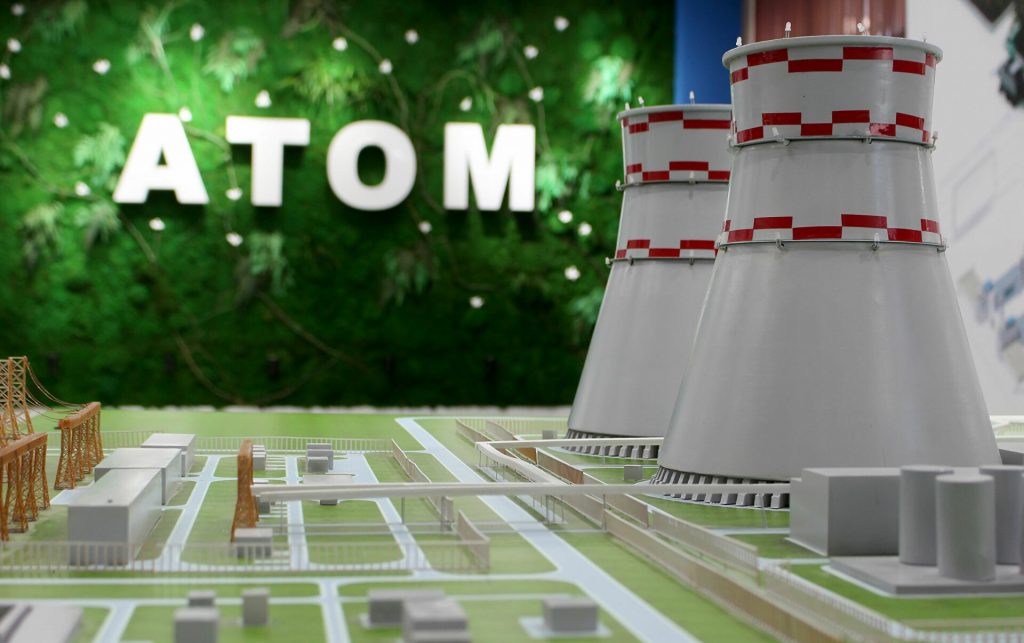
Foundation for Green Square
back to contentsUzbekistan has to reduce the share of carbon sources in the energy mix to meet its climate commitments. But for the national energy system to remain reliable, the country needs to have a sustainable and effective source of power. Uzbekistan top-rank officials and experts are sure that nuclear is the solution.
Today, Uzbekistan’s population is 34 million and keeps growing, and so does the national economy. With this in mind, energy consumption will leap 50% in the next five years, Financial Times (UK) quotes experts as estimating.
Uzbekistan plans to achieve carbon neutrality by 2050, becoming a regional leader in renewables. In August, a 100 MW Nur Navoi solar farm was put in operation in the country, with three more solar projects, a hydro power plant and a 1.5 GW wind farm on the plan.
Wind and solar are unreliable energy sources that depend much on the weather, Head of the Atomic Energy and Nuclear Technology Department at UzAtom Kasym Tokhtakhunov said in an interview for Informburo.kz, “Unfortunately, solar and wind farms generate intermittent electricity, so they cannot be sources of baseload power, which is essential for industry and utilities. Hydro power resources in Uzbekistan are limited, so nuclear turns to be a foundation for the Green Square energy concept [nuclear, hydro, wind, and solar].”
According to Kasym Tokhtakhunov, renewables (wind and solar) should account for up to 25% of the total generation for the national energy system to remain sustainable and reliable. He believes a large share of renewables in the energy mix might cause major supply problems, including blackouts.
Uzbekistan should focus on the development of nuclear capacity – this is an opinion of Scott Osheroff, Chief Investment Officer at Asia Frontier Capital, quoted by Financial Times. “Taking into account the existing transmission grid, there is no reason why Uzbekistan cannot be self-sufficient in energy production and become a regional exporter of electric power,” Financial Times quotes Scott Osheroff as saying.
A nuclear power plant will benefit Uzbekistan economically in the long term, Jurabek Mirzamakhmudov, Director General of Uzbekistan’s Agency for Nuclear Energy Development (UzAtom), said in an interview for Dynamic Uzbekistan. “Uzbekistan will annually save 3 to 3.5 billion cubic meters of natural gas and benefit from locally providing a huge amount of materials and services for the nuclear power plant. More than 10,000 people will be employed on the site during the construction phase, and 2,500 more will be employed permanently after the plant is put into operation,” UzAtom Director General said. According to him, every dollar spent on the construction and operation of a nuclear power plant returns an average of 5 to 6 dollars to the national economy.
Jurabek Mirzamakhmudov also mentioned greenhouse gas emission trading schemes. “Thanks to these schemes, we will be able to sell greenhouse gas emissions prevented by the nuclear power plant. The emission trading scheme might bring us around USD 19 billion in case of replacing gas-fired power plants or USD 35 billion in case of replacing coal-fired plants over the service life of the nuclear power plant (at least 60 years),” Jurabek Mirzamakhmudov concluded.




